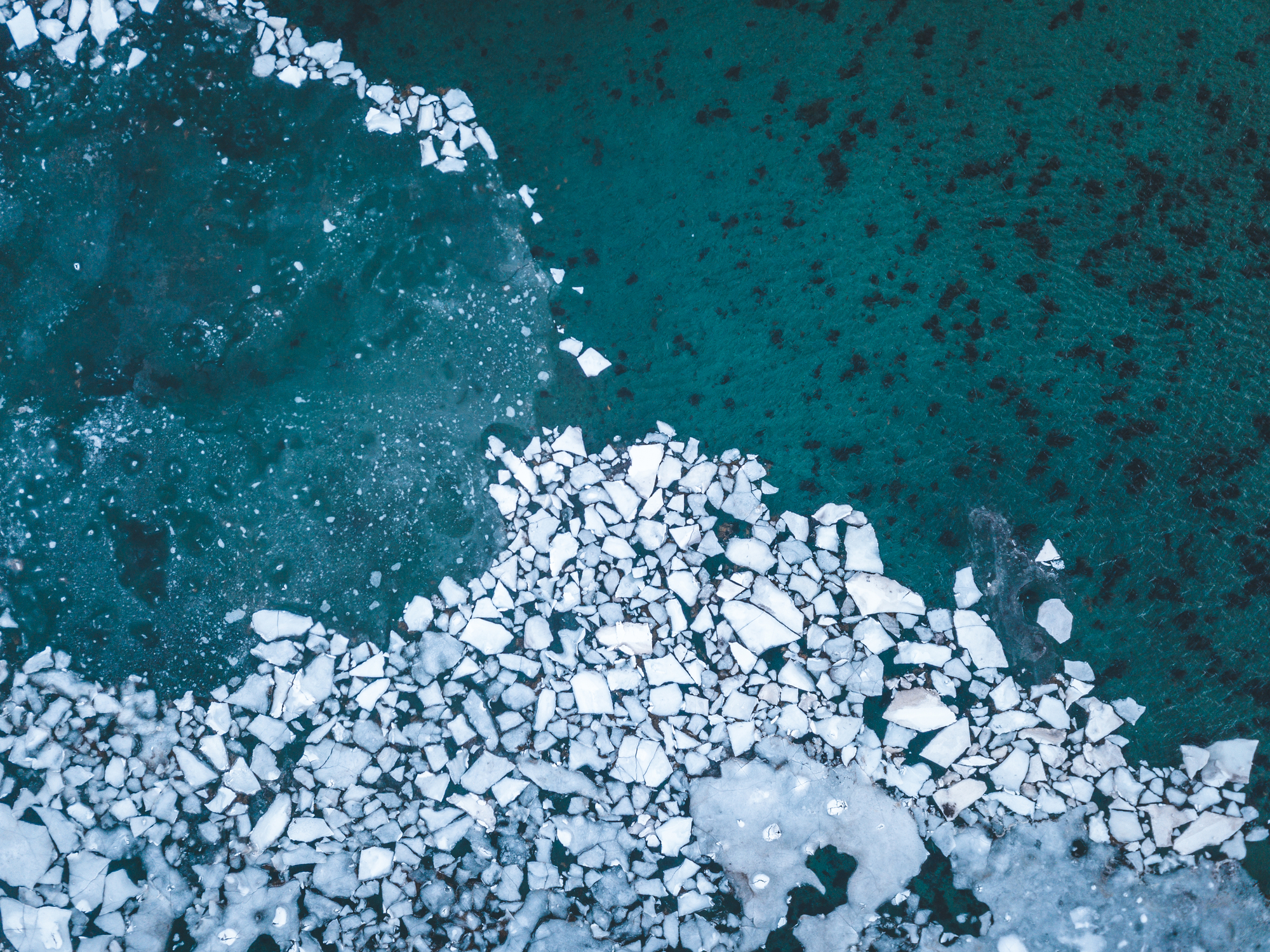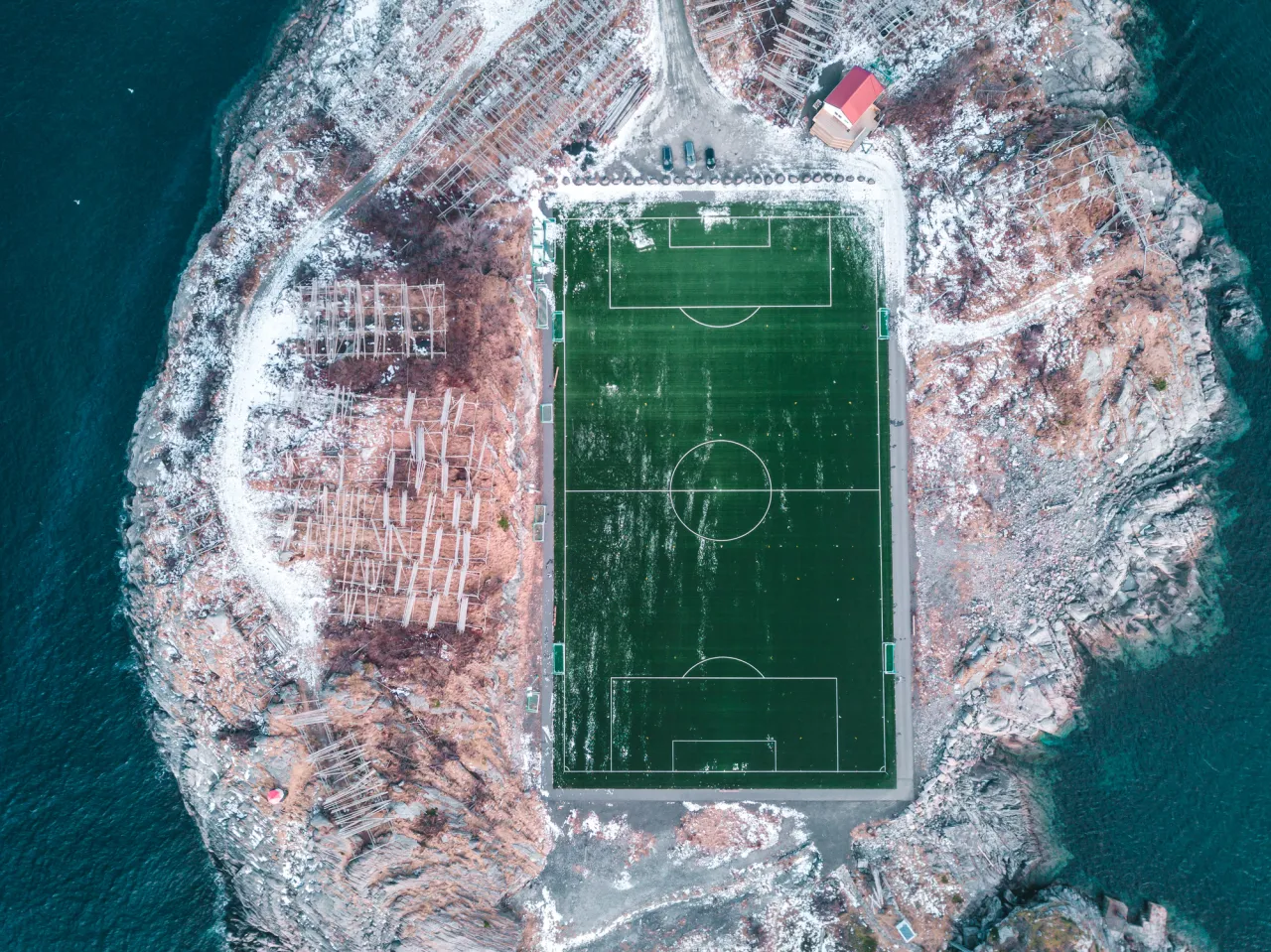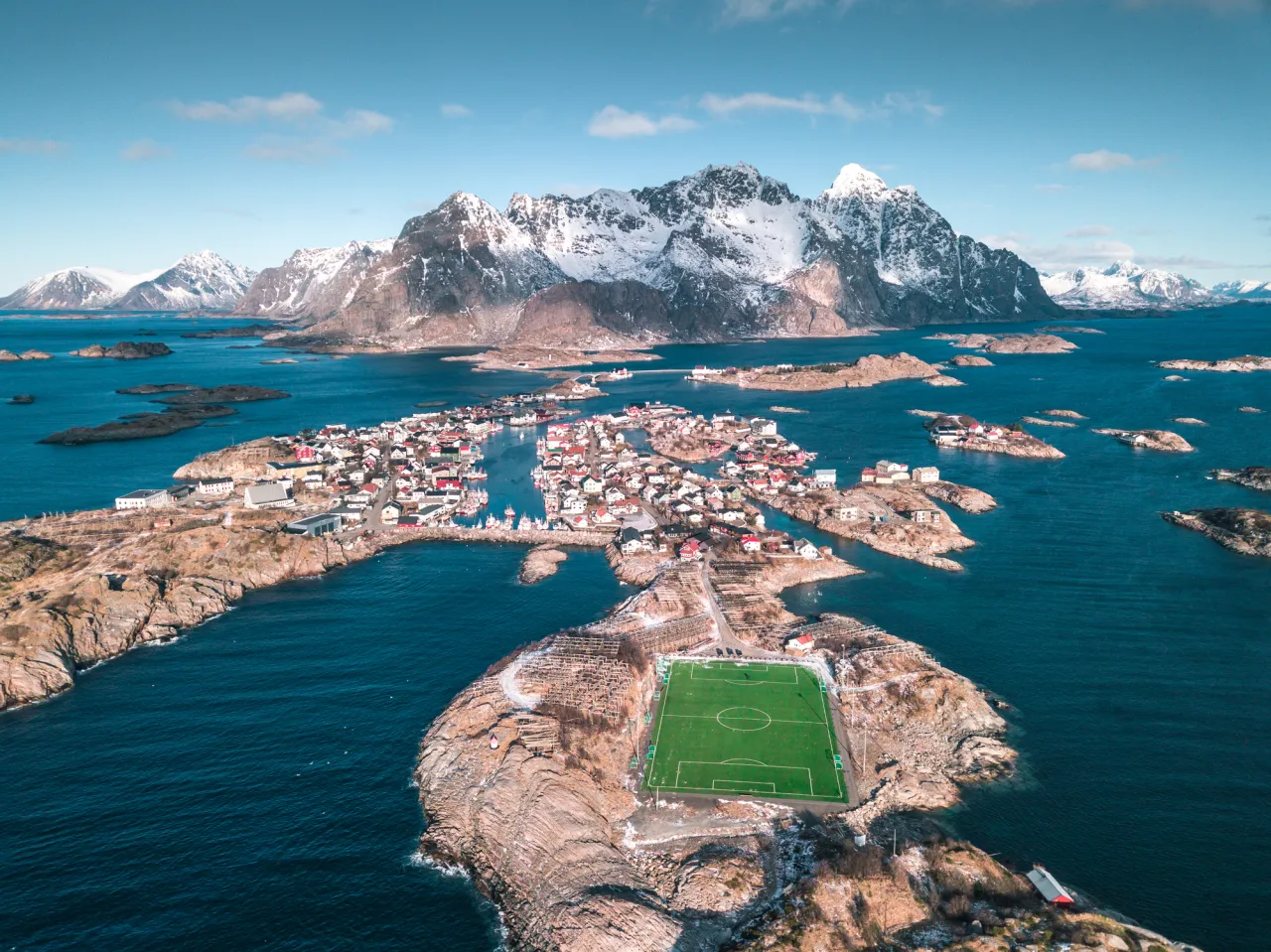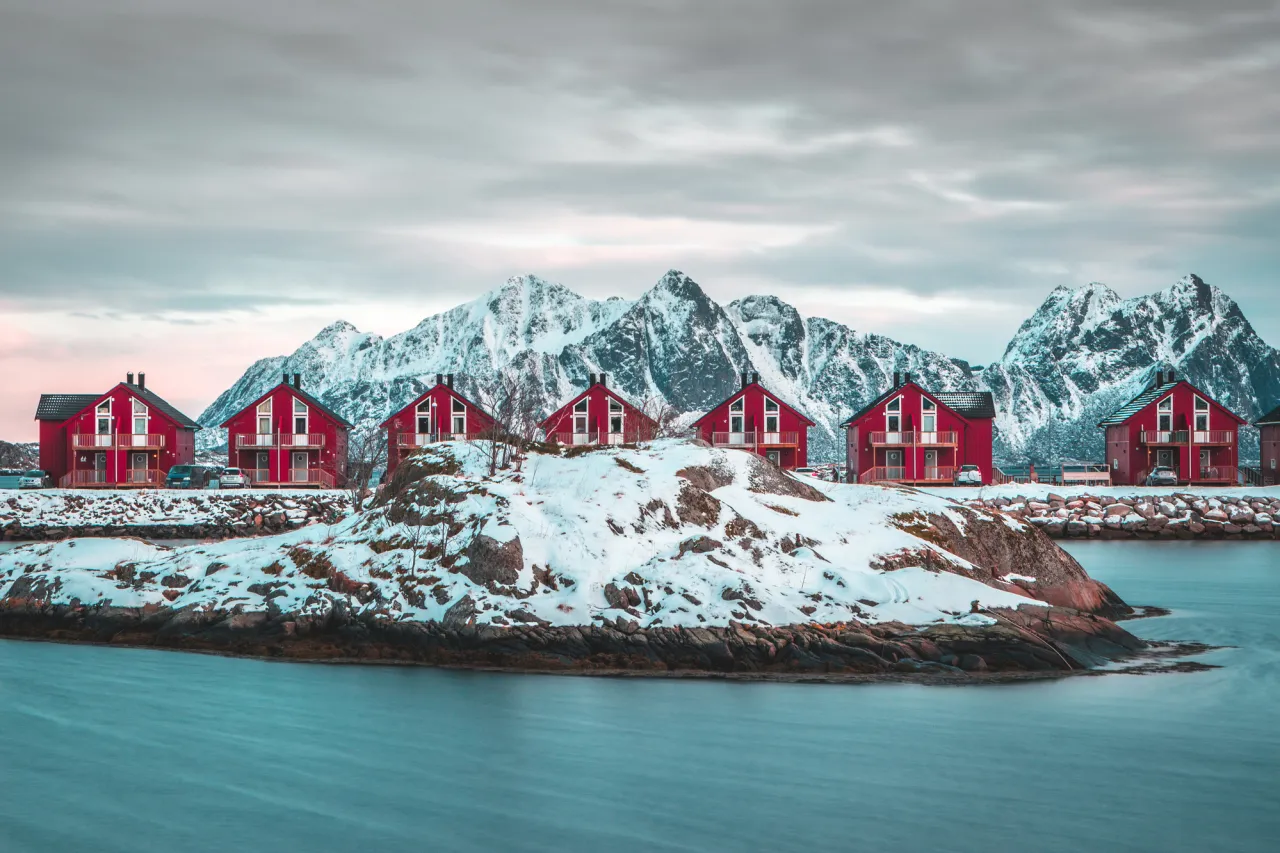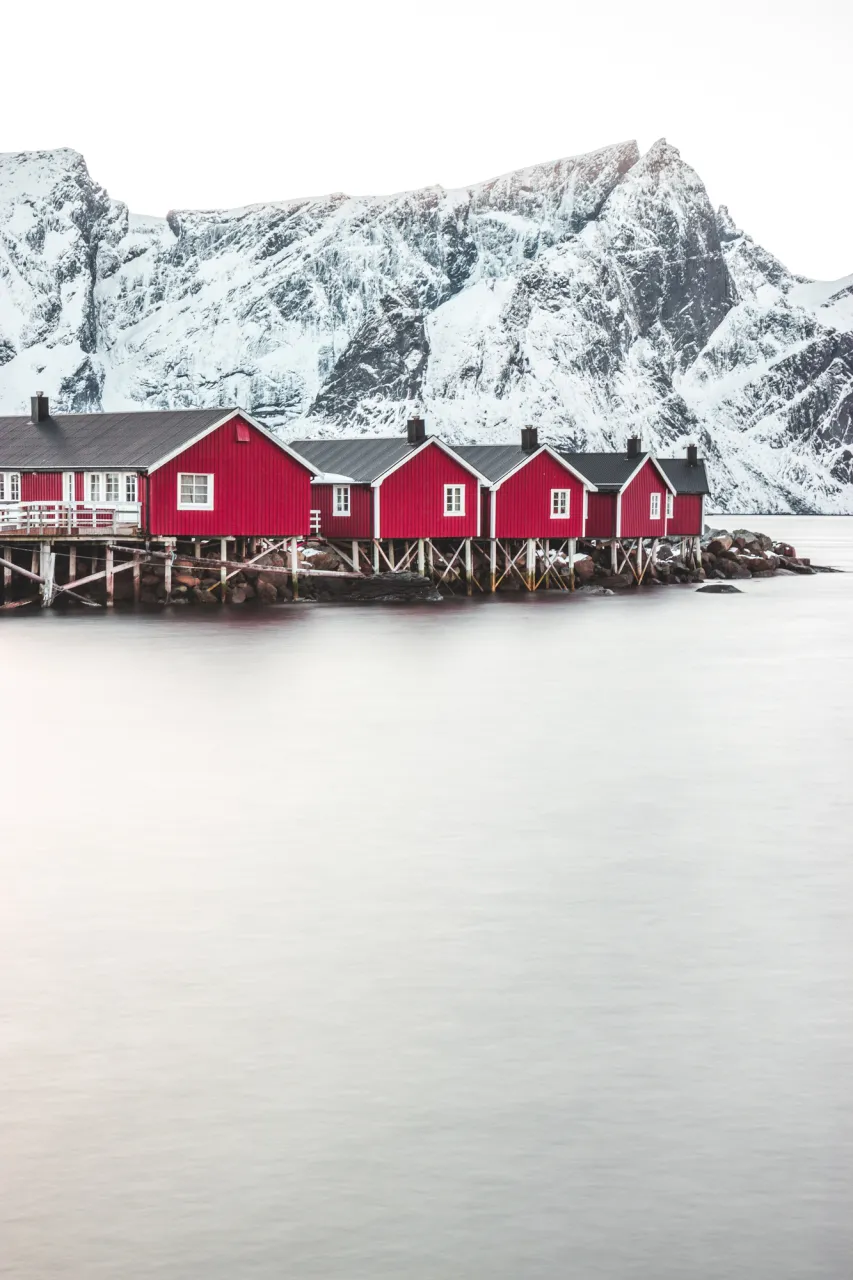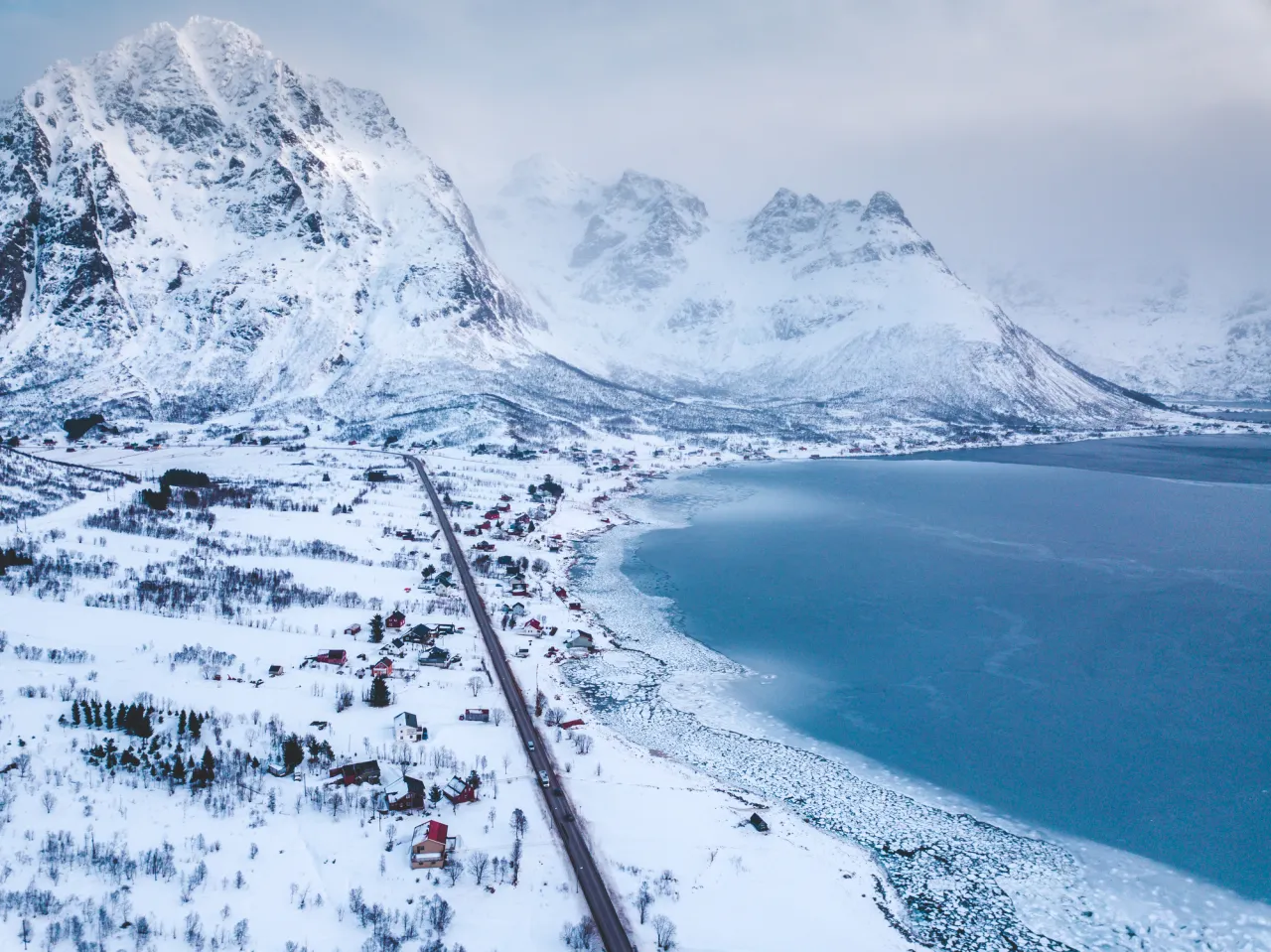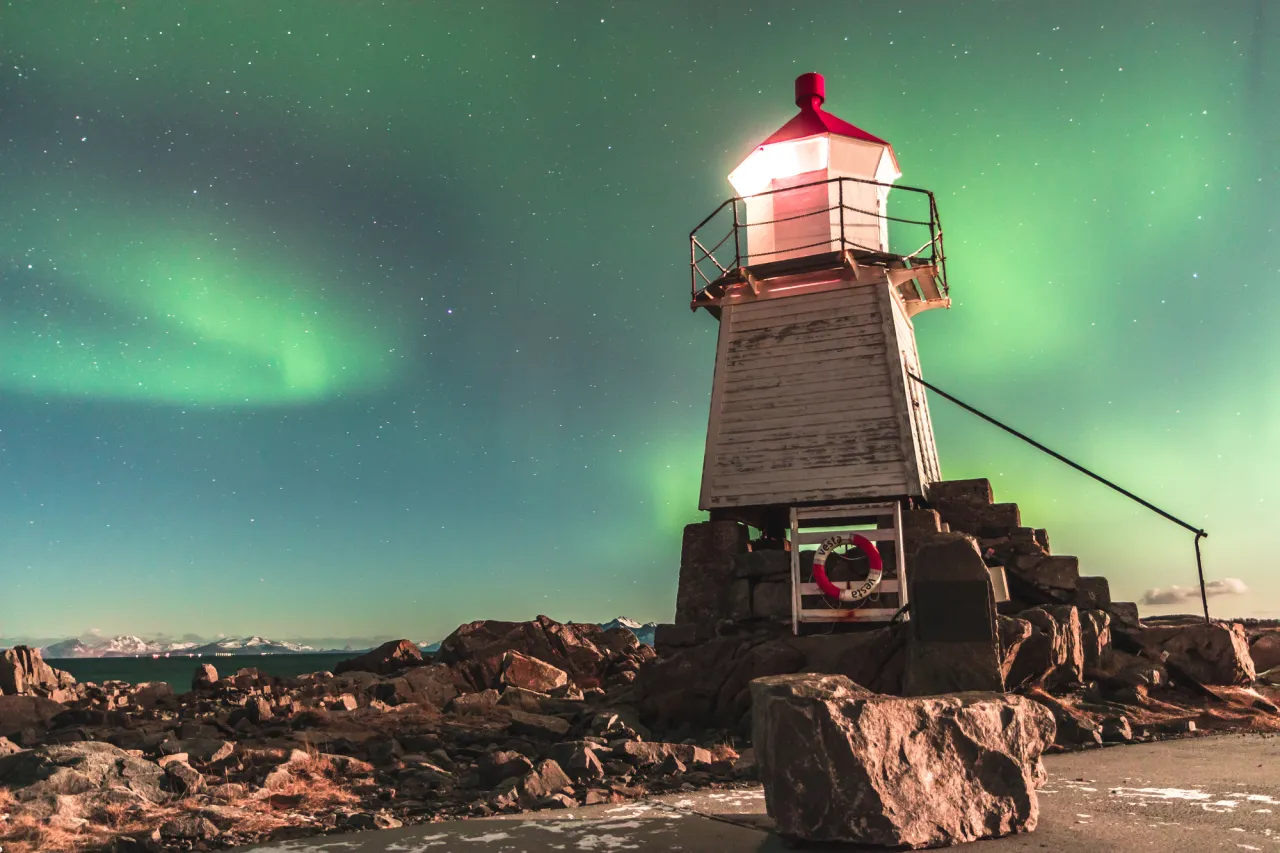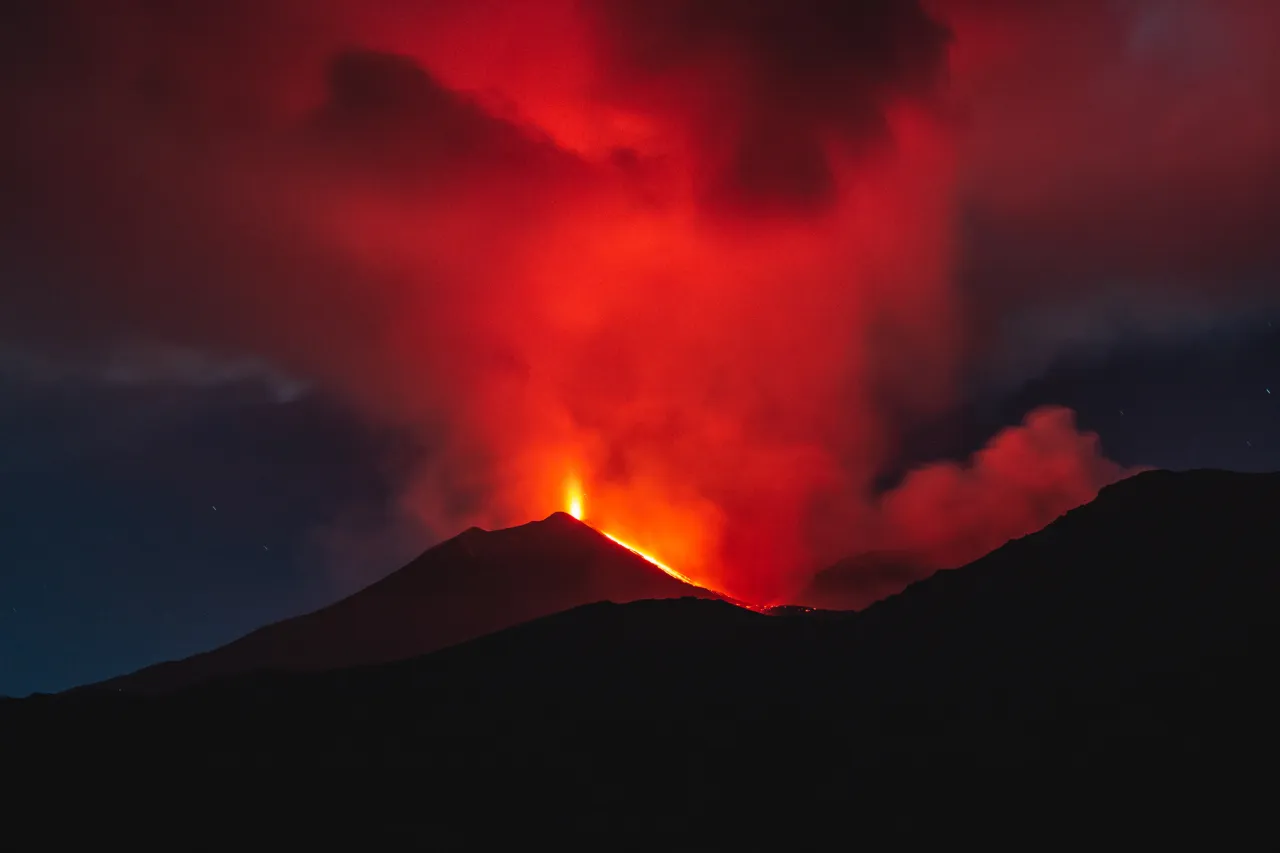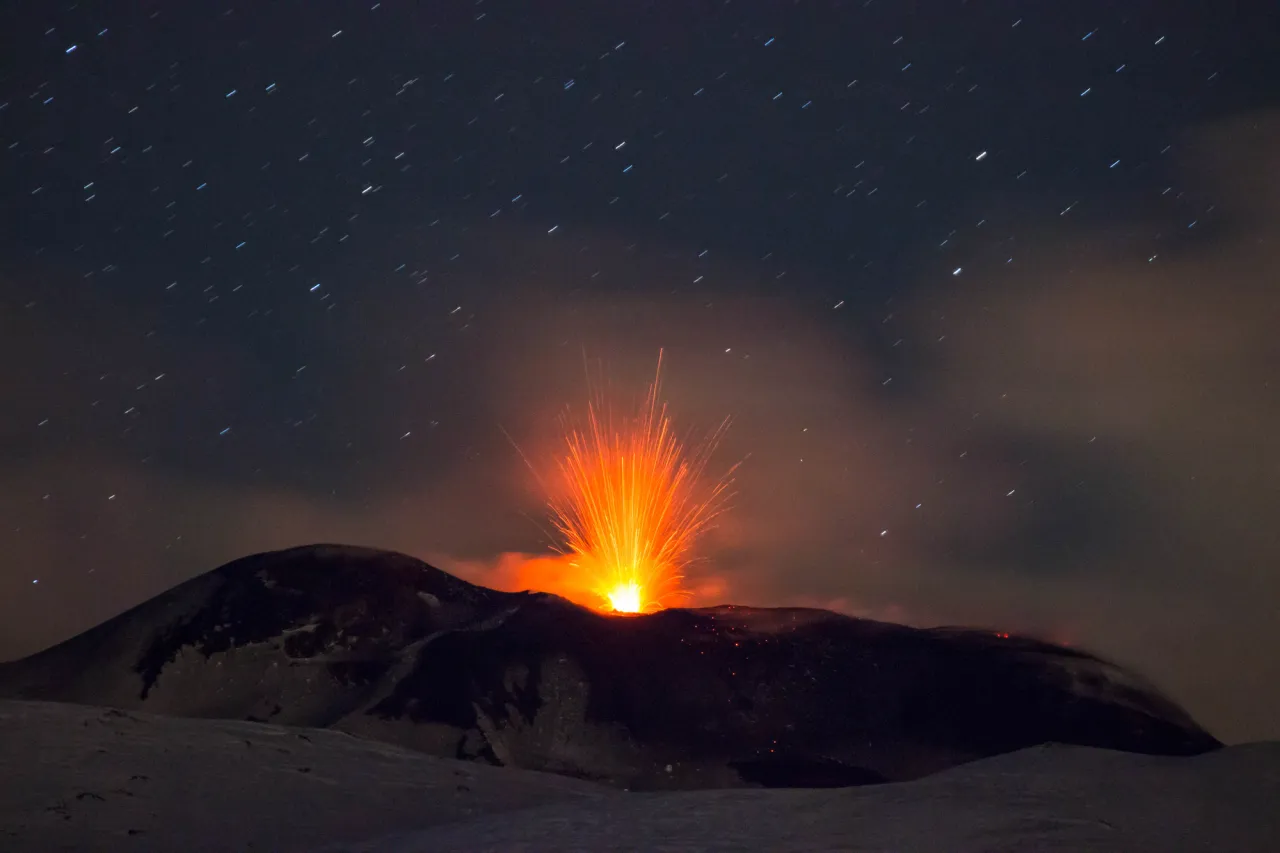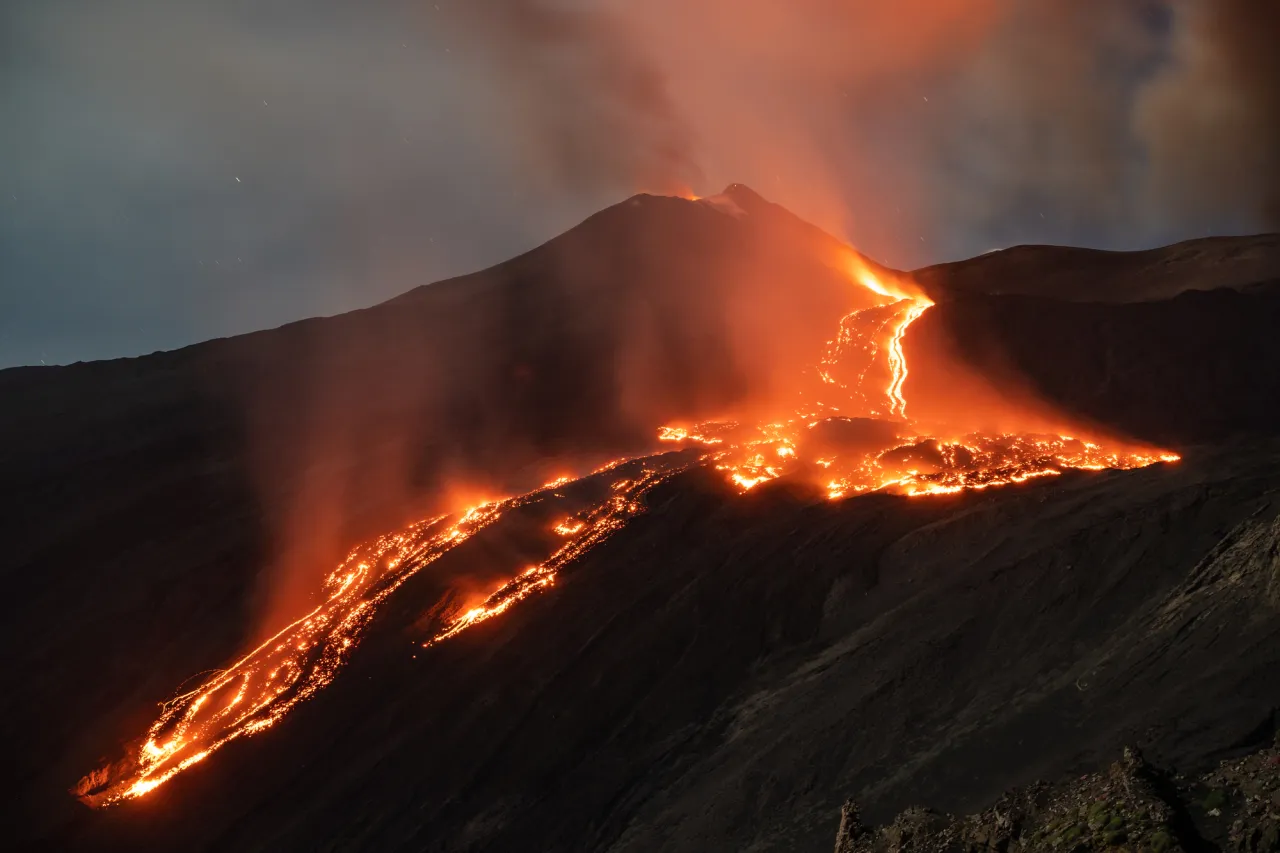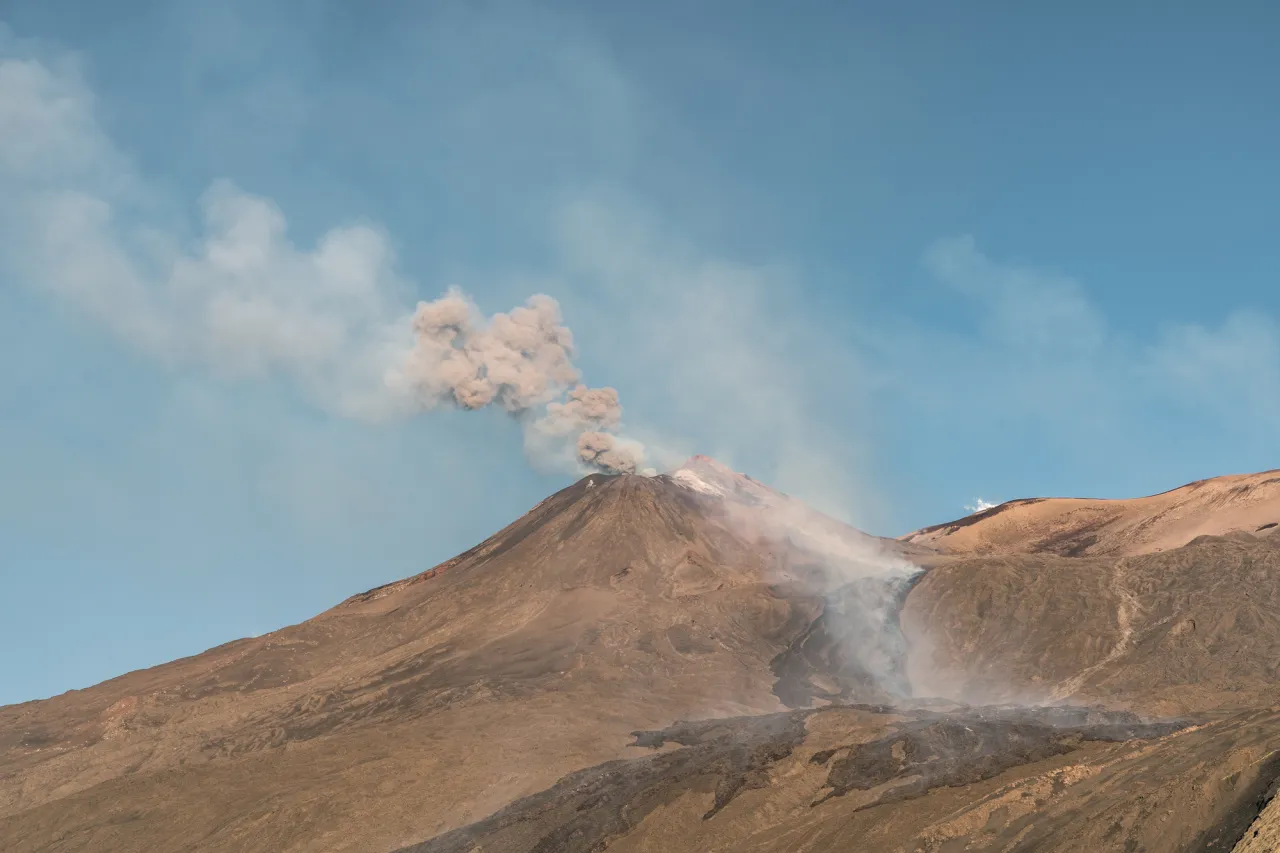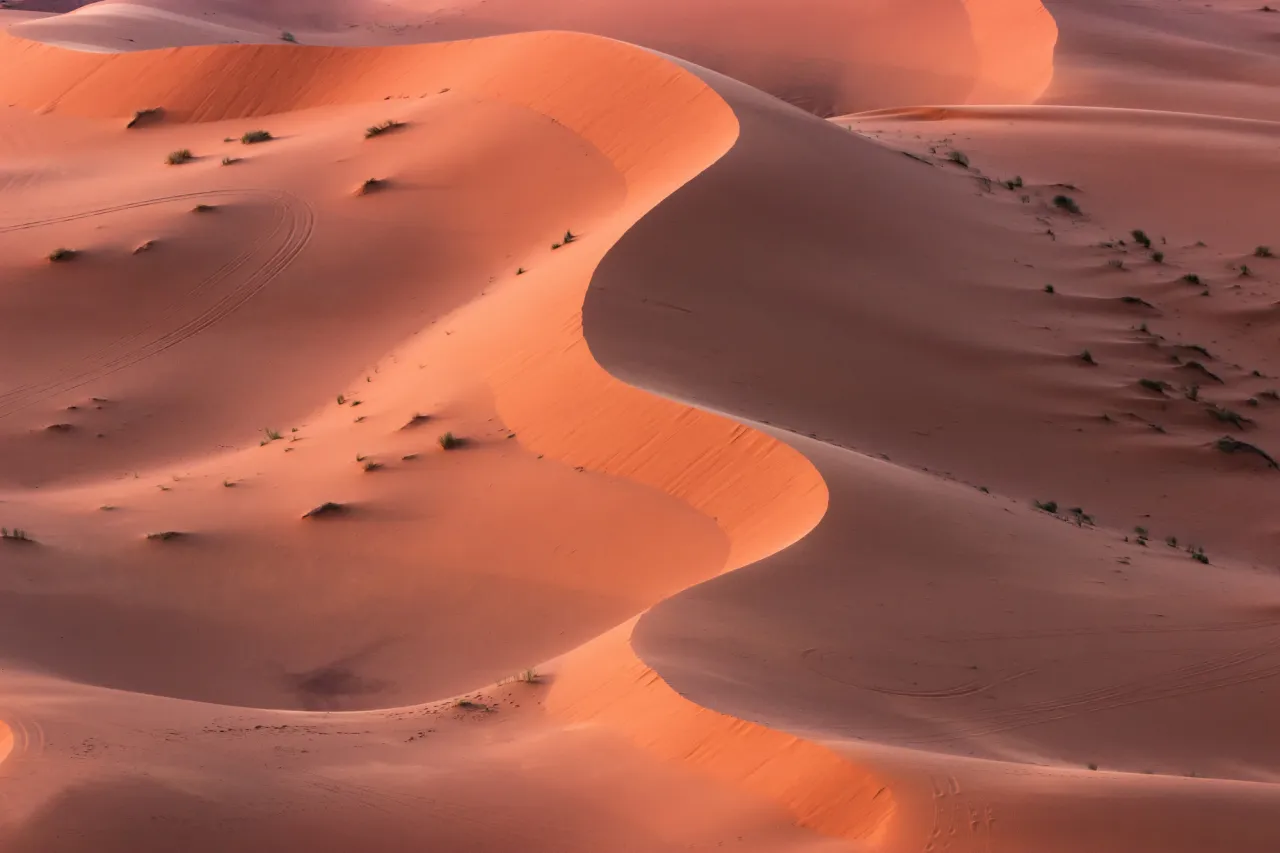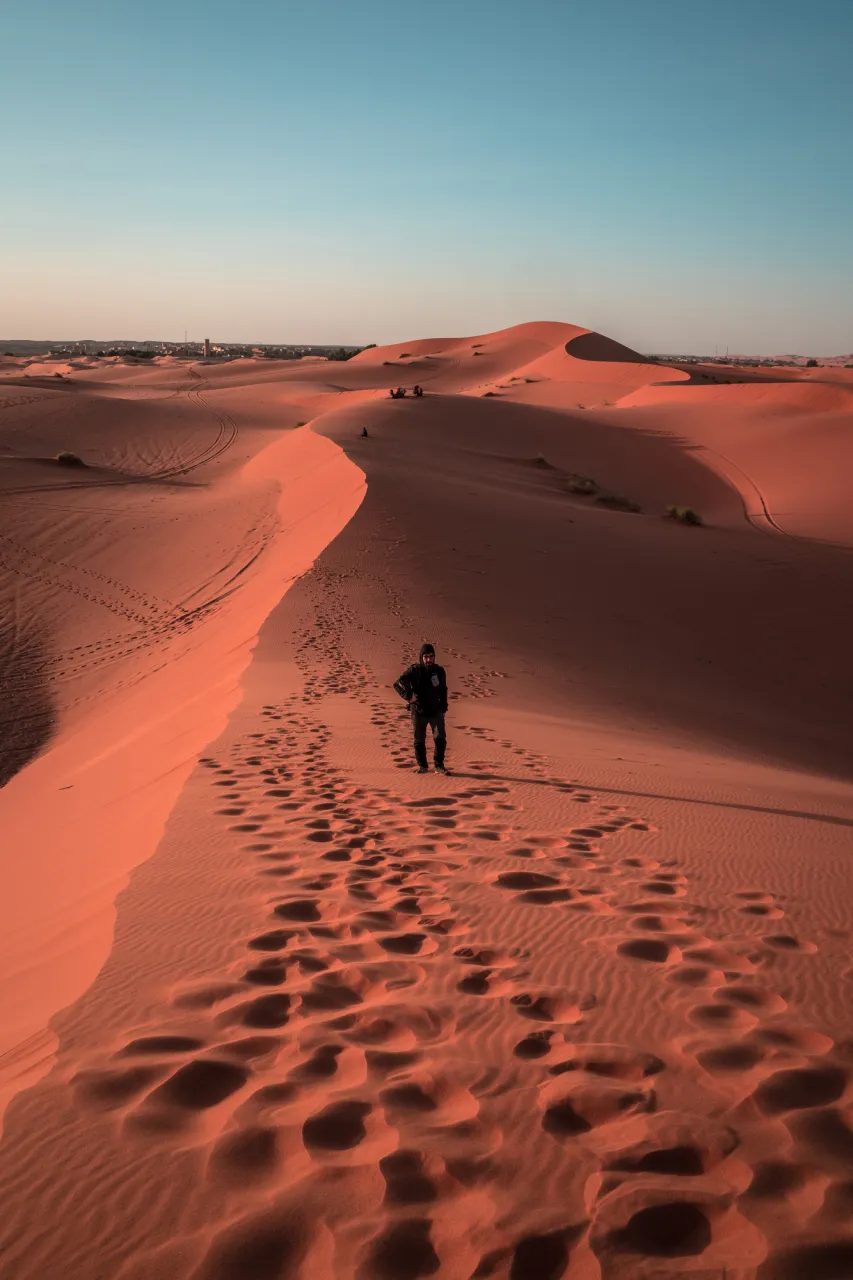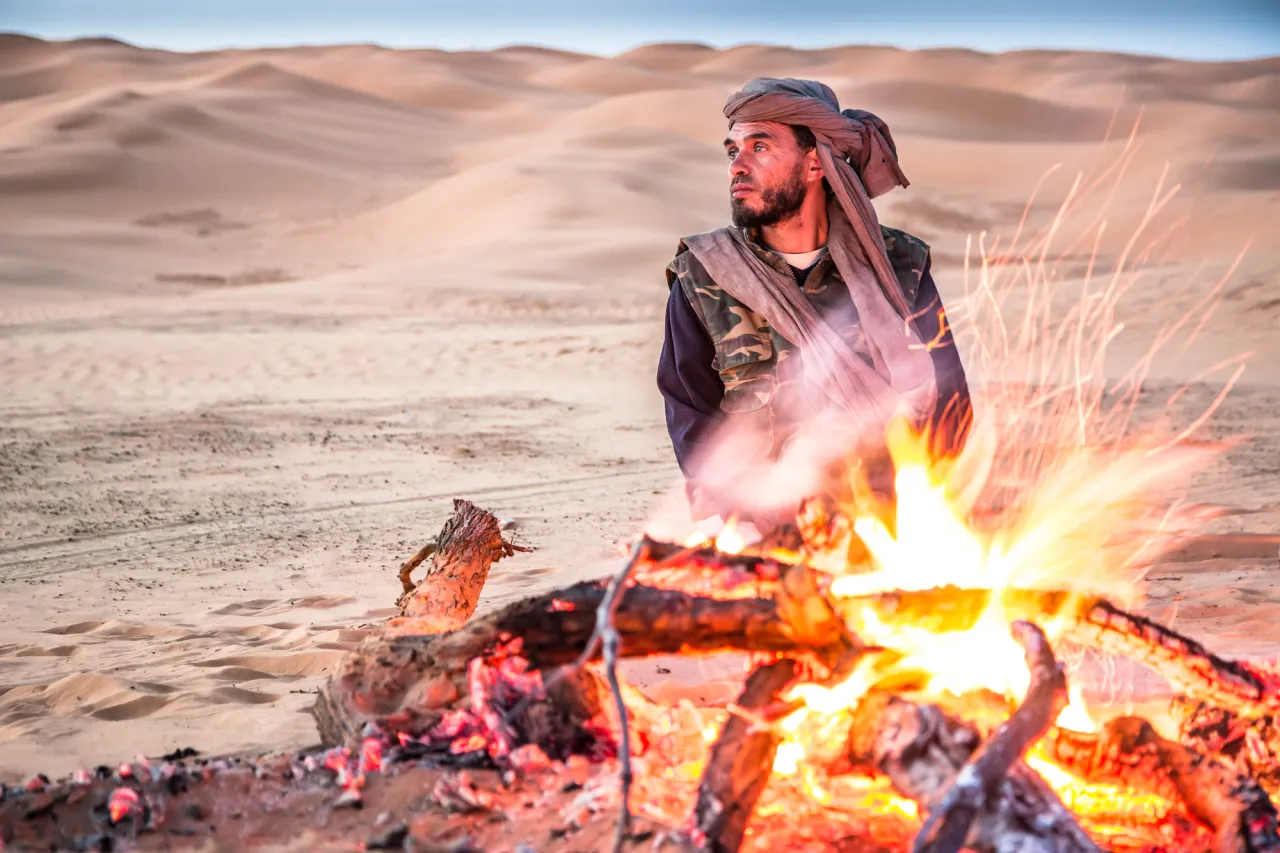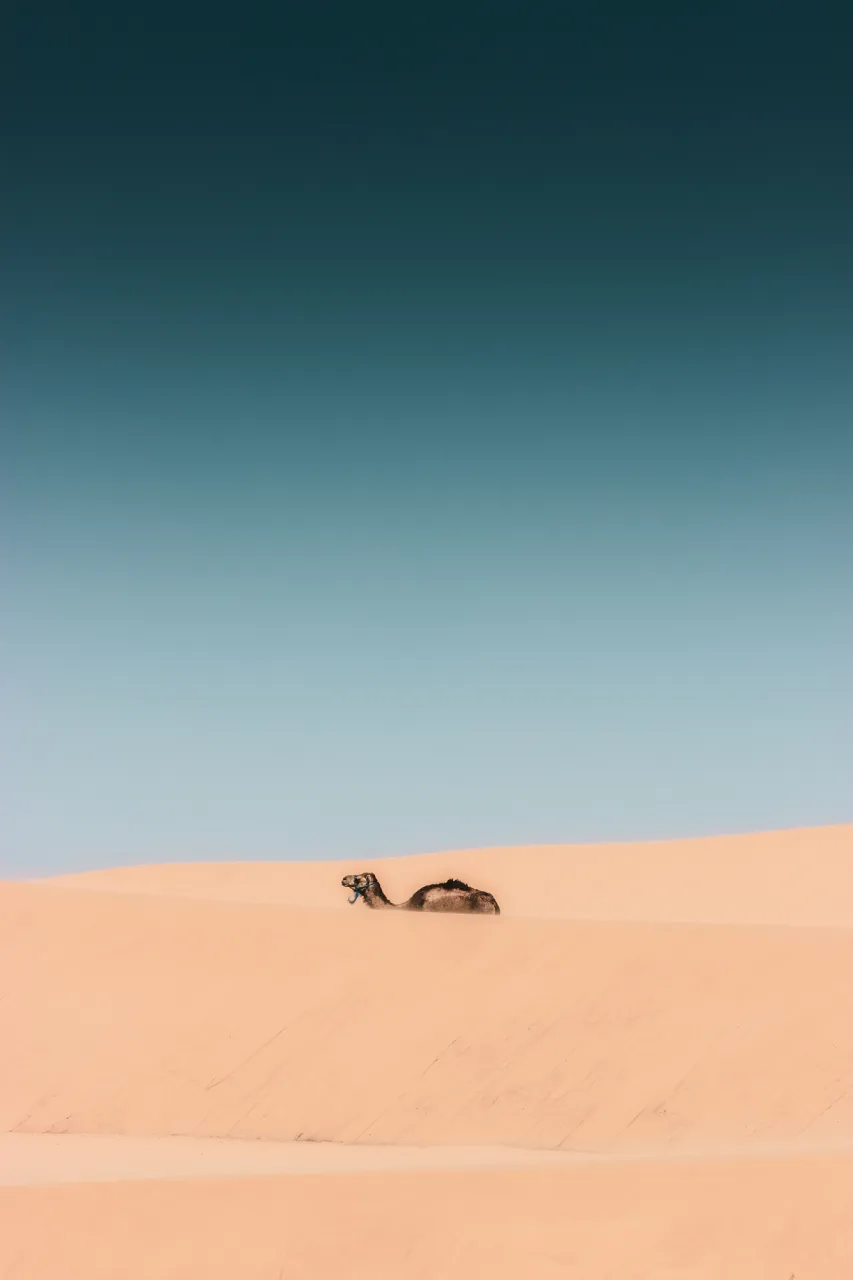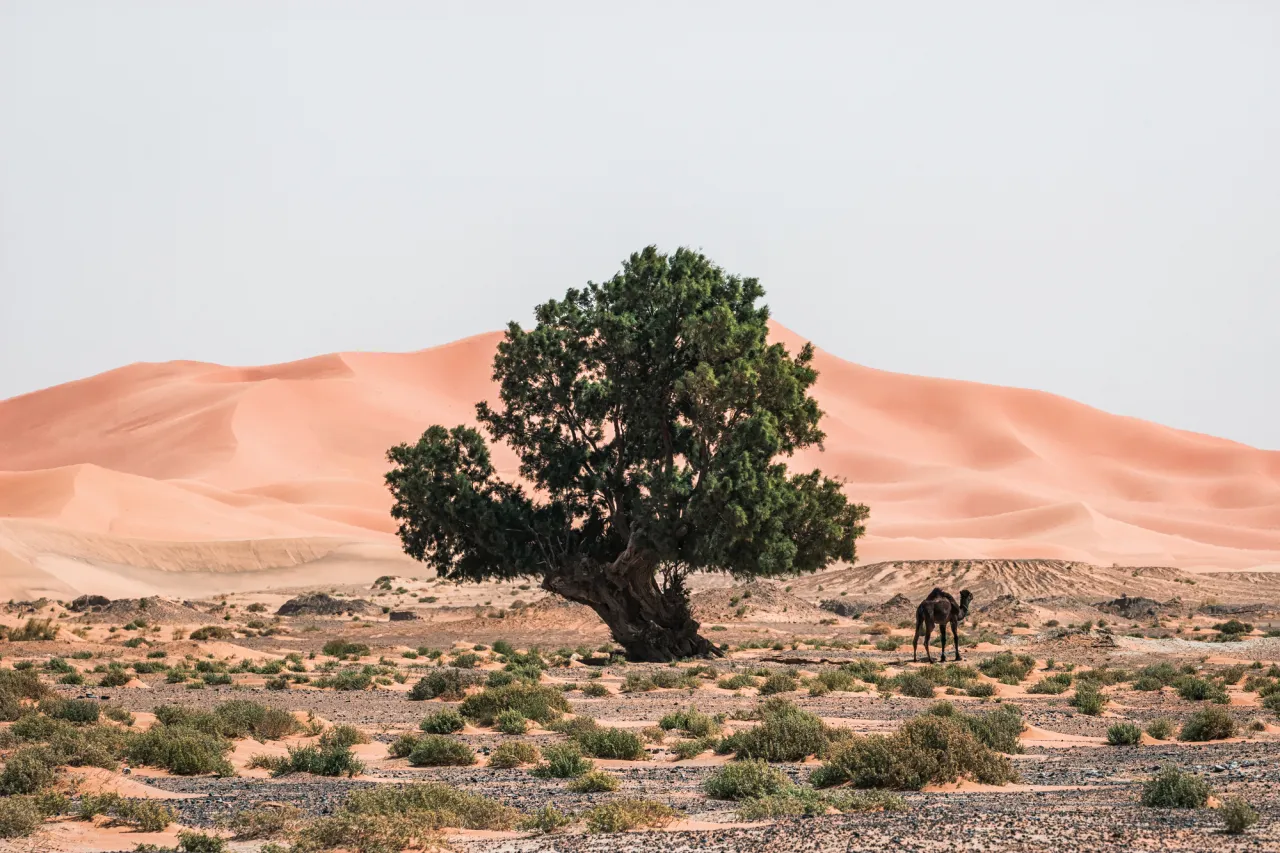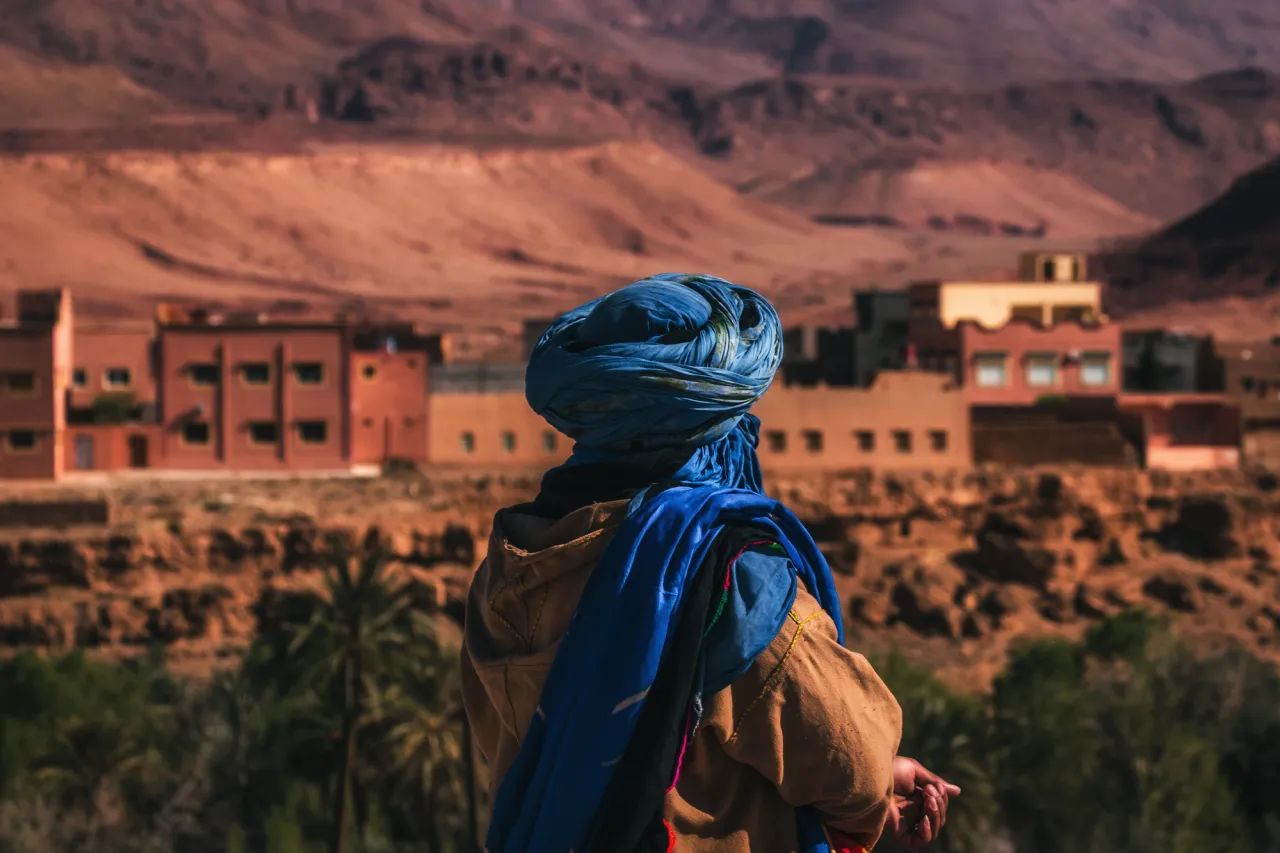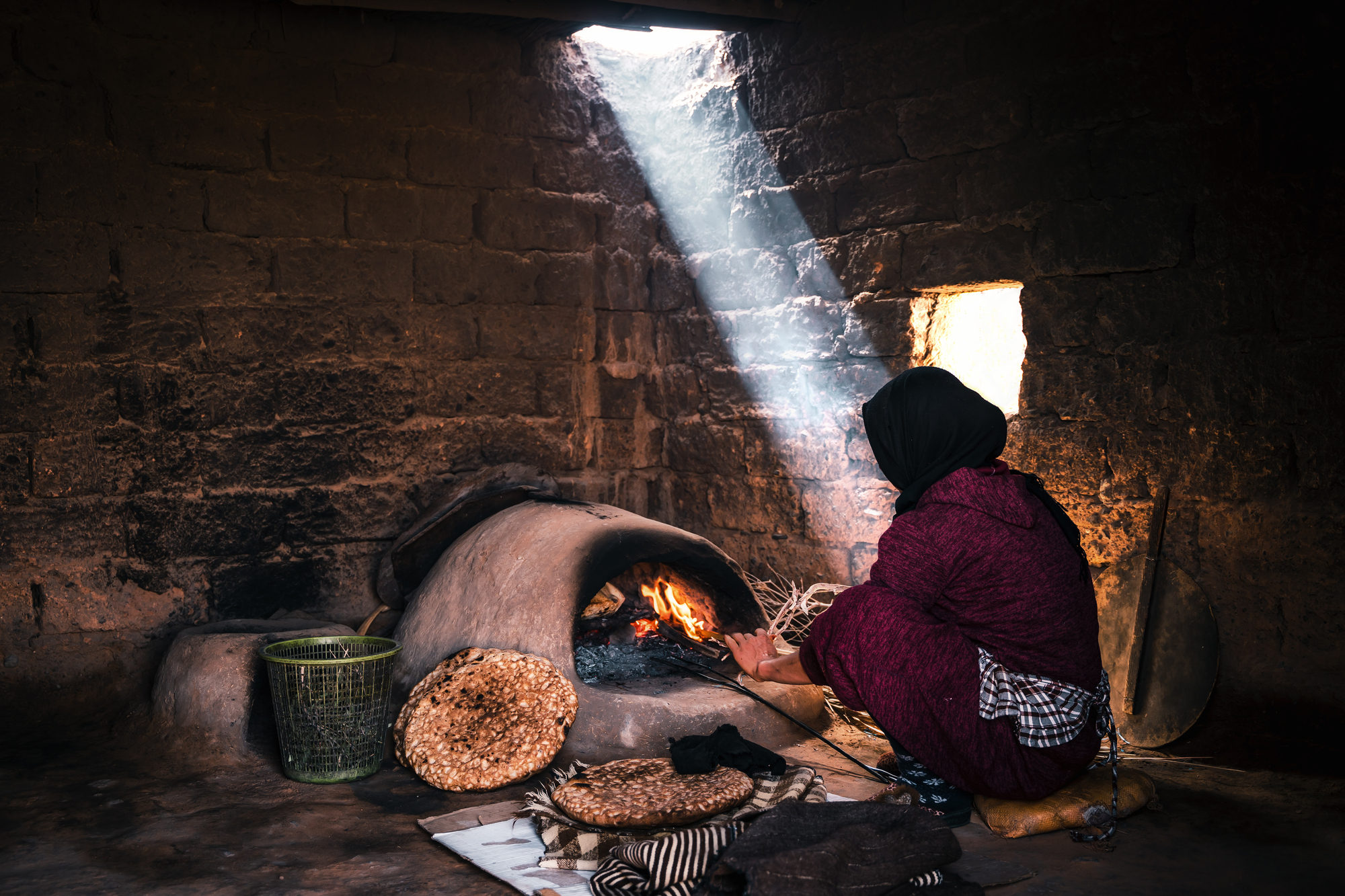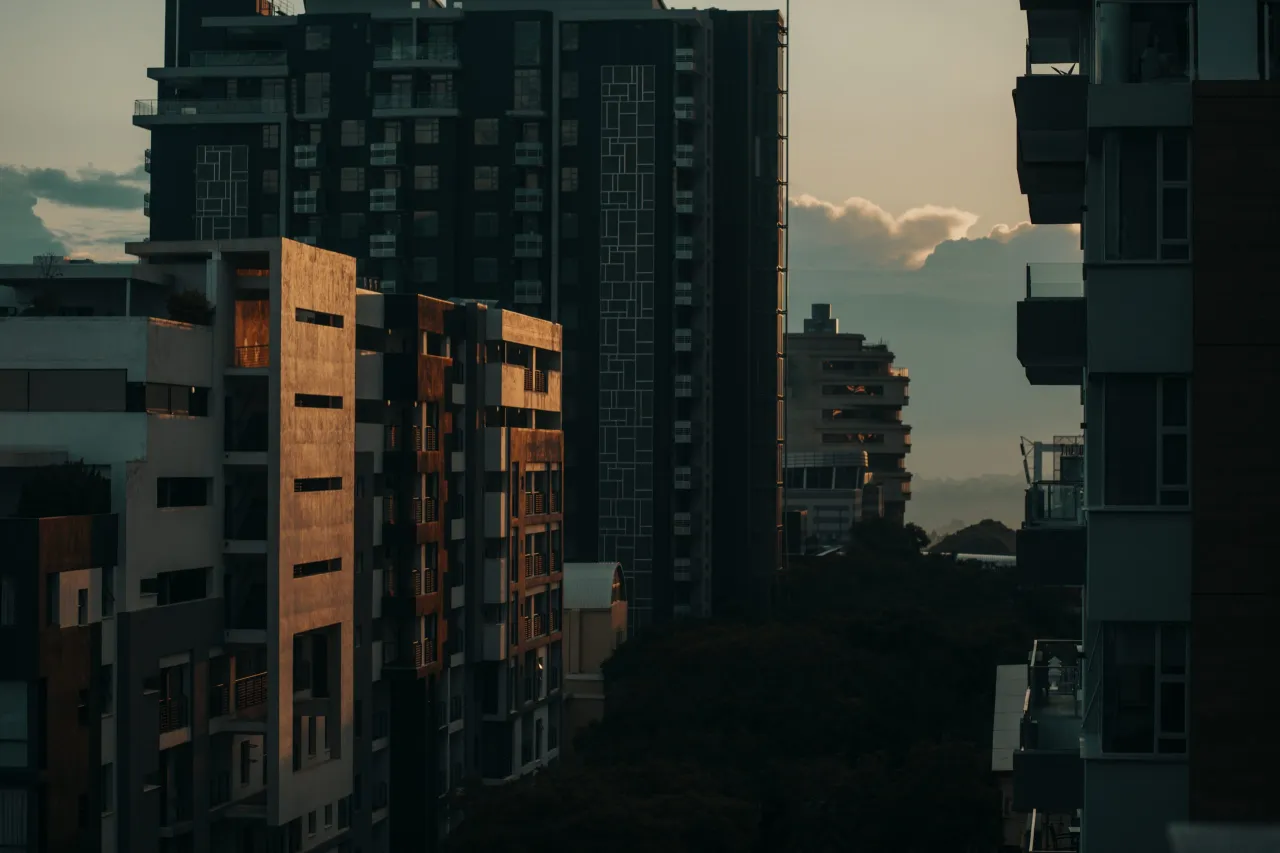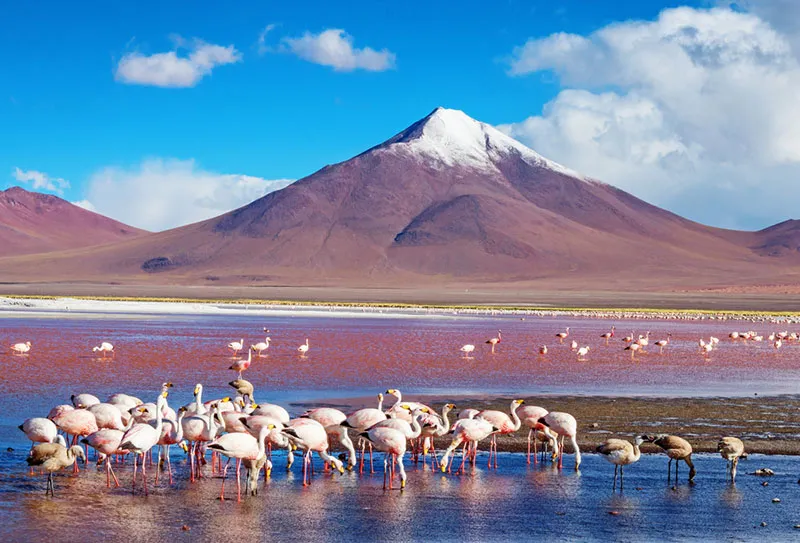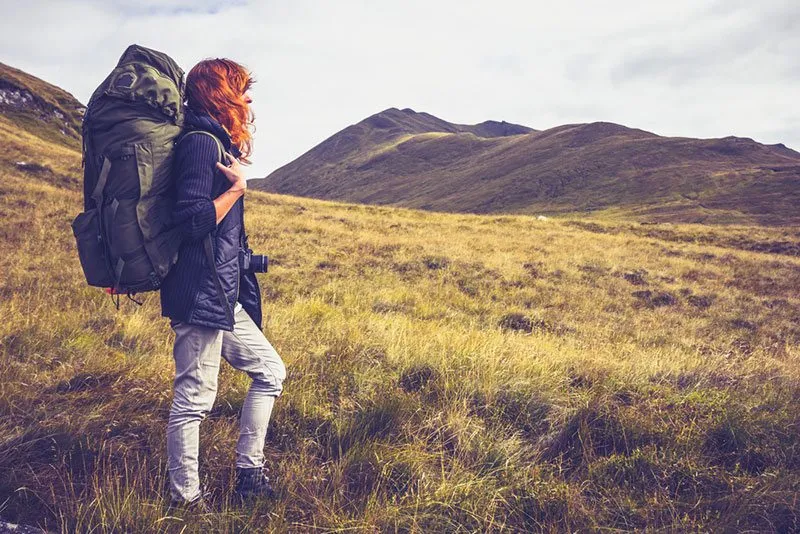Q&A With Fernando Privitera: Documenting Volcanic Eruptions and Other Adventures of a Travel Photographer
Fernando Privitera is a self-taught photographer from Italy who started taking images about seven years ago when he bought his first reflex. Back then, he was an amateur watching photography tutorials on YouTube, and today, Fernando’s works are featured in National Geographic and other famous travel media.
What does it take for an aspiring professional to get featured in the world’s leading magazines? What challenges do travel photographers face during their careers? And what is the secret of taking mesmerizing drone images? Find out answers to all these questions and more inspiring photography tips in our Q&A with Fernando Privitera.
Fernando, why did you choose to specialize in travel and landscape photography?
I love photography in general, but I enjoy taking pictures during my trips the most. My favorite genre is landscape, but I like to tell stories through photography sequences. I believe that a camera is an instrument able to stop time, fix an unrepeatable moment of your life, and make emotions and feelings that we will always carry inside us eternal. In this way, I combined my two passions – travel and photography.
What do you always carry with you in your photography backpack?
In my backpack, I can not miss an ND filter and tripod to make long exposures. I also use a Sony A7III mirrorless camera that I love for its compact size. It’s perfect for taking photos anywhere. My favorite lens is the Tamron 28-75 – a versatile zoom lens for every occasion.
What is your post-production workflow?
My workflow starts with Lightroom and ends in Photoshop. The first one is perfect for the primary post-production of the file, while Photoshop helps refine the photography by making more advanced edits. For me, these are two complementary pieces of software.
My post-production steps are the following. I open the file in Lightroom and apply the lens distortion and digital noise correction.
Then, I work on exposure, temperature, shadows, whites, blacks, and more. I also modify the tone curve and continue with the selective color correction. Once I’m done with Lightroom, I continue in Photoshop where I edit single portions of the image thanks to the layer masks. Finally, I increase the sharpness of the image.
It takes me two hours to post-process images that I consider important. Over the years I’ve made my own presets but whenever possible, I prefer to start from zero.
What are your personal tips and tricks that help you create breathtaking drone photos?
Minimalist compositions work better than images with too many elements. Keeping your photos simple will allow the audience to appreciate them more.
What’s the most picturesque route that you have visited in your life?
Probably the street in the Lofoten Islands, Norway with its typical red fishermen’s houses called “Rorbu”. The E10 is the only major road that runs north-south on Lofoten and ends at the village of Å.
Being a travel photographer means going on a lot of adventures. What is the most difficult trip you’ve ever taken?
One of the most difficult moments I experienced was in the Lofoten Islands as well. I had to reach the famous football field located in Henningsvaer. On our way there, we came across an incredible snowy cemetery and decided to take some photos with the drone. We completely damaged the drone’s propellers due to an impact with a tree and spent the next two hours searching for new propellers for the drone but without success. I was very disheartened.
Once we got to the soccer field, I decided to fly the damaged drone over the ocean anyway because those photographs were too important. Fortunately, everything went well and I took the entire series of photographs.
You also managed to capture several eruptions of Volcano Etna. Are there any stories connected to this event?
I live on the slopes of the volcano, so it’s easy to know when an eruption is in progress. You can clearly see it from tens of kilometers away!
One of my favorite photos with Mount Etna Volcano on the east coast of Sicily, Italy was taken in 2019 during an incredible eruption at night. I remember very well that once we arrived at our destination, after two hours of walking along the Serracozzo hiking trail, the eruption activity reduced, but the lava flow kept going down to the Bove Valley. It was creating that typical noise that reminds you of the sound when glass breaks down into small pieces. The emotions were unforgettable.
The most difficult thing was the climatic conditions. We had to photograph the eruption at night, which means that the temperatures were very low. Another challenge was the wind. The photographs were taken with a tripod and the wind appeared to be the worst enemy.
What is your favorite photo or series in your Depositphotos portfolio and why?
My favorite series is about deserts. It’s my absolutely favorite environment for taking photos.
The desert may seem a hostile and inhospitable place but it is full of elements that can be placed into the photograph to create a minimalistic composition. I took many photos with trees, people, and dromedaries as subjects in contrast to the desert landscape.
What is your dream destination for photography?
Road trips are my favorite. I like the idea of having a sort of mobile home where you can sleep and work, deciding your movements from day to day. I dream of exploring the West Coast of the United States in a camper.
Based on your experience, how can a photographer make it to be featured on famous media like National Geographic?
You should be very active on social networks and send your photographs every month to the magazines that inspire you the most. Don’t give up until you get a positive response.
Which photographers and their works do you find the most inspiring?
I follow many photographers but one that excites me particularly is Chris Burkard, I love his photographs and the documentaries he makes. I’m also inspired by the works of Gianluca Caruso, a young photographer from Sicily.
Any advice to your younger self?
Go off the grid, don’t follow the crowd, and do what you like best.
